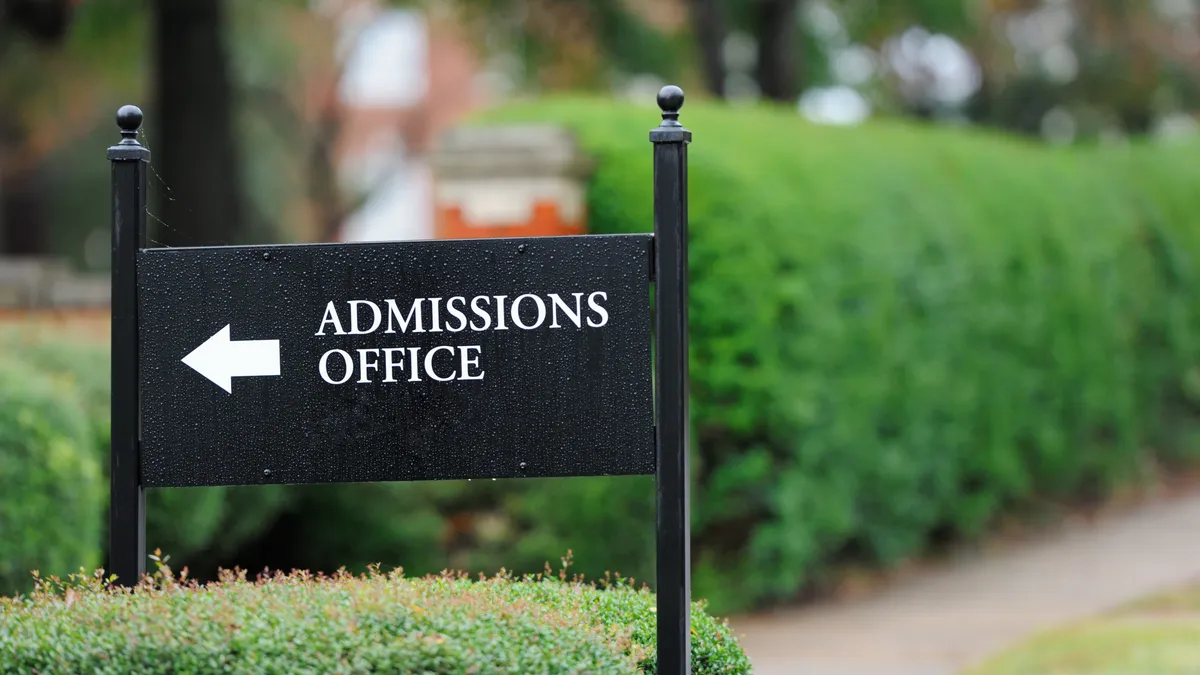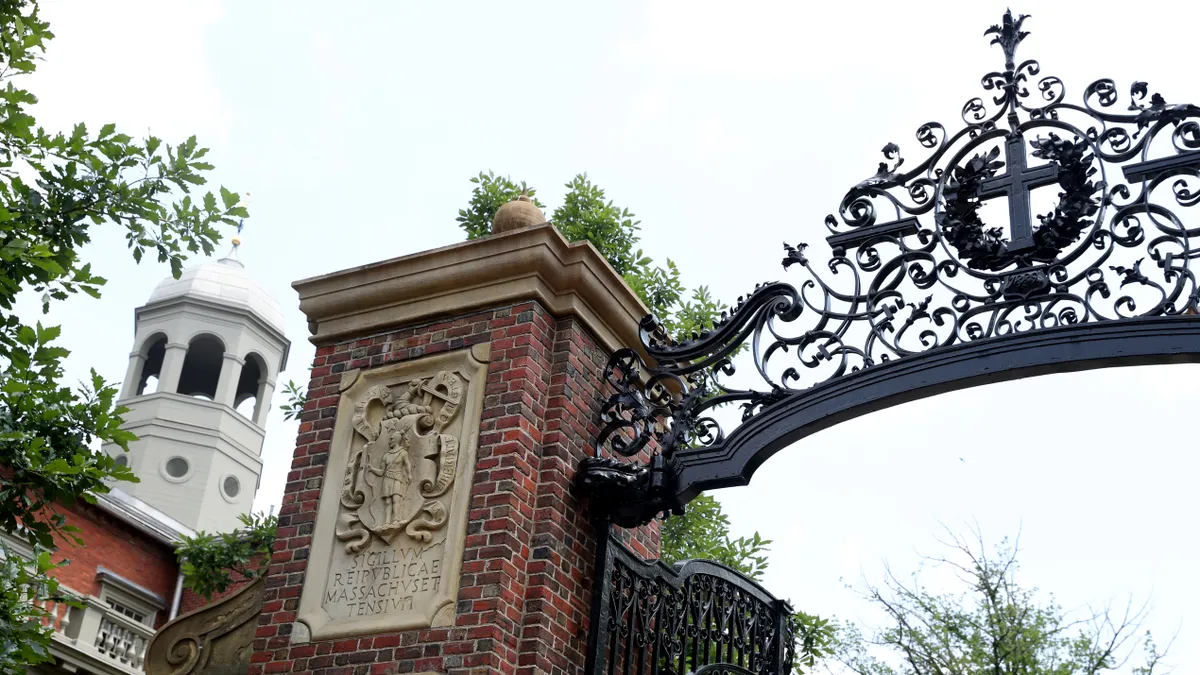Federal categories of racial and ethnic groups — which lump students together within large groups — wind up concealing wide variations within those groups, according to a new analysis from Common App, a nonprofit that allows prospective students to apply to more than 1,000 member colleges using one application.
Common App examined data from domestic first-year applicants to its member colleges between the 2013-14 and 2021-22 academic years to understand nuanced shifts in racial and ethnic groups over time.
For instance, while Asian applicants have increased 71% over that period, a deeper look at the data shows that students from Sri Lankan, Nepalese and Bangladeshi backgrounds have grown more than twice as quickly as those in the overall group. Those from Japanese backgrounds, on the other hand, have declined 4%.
Without more detailed data, colleges could miss out on having an accurate understanding of their student bodies that could inform admission practices and student support services.
“The composition of detailed backgrounds within each of these categories changes a lot over time, and it changes a lot from region to region,” said Brian Kim, a data scientist at Common App and one author of two reports summarizing the analysis. “It’s not something that has a stable meaning, and so we have to be aware.”
Data reveals prominent shortcomings in standard categories
The report adds to the chorus of student advocates who argue that pooling racial and ethnic groups into broad categories often hides important differences within them. Discussions have frequently centered on the limitations of the term Asian American, which can refer to around 50 ethnic groups.
That’s represented in Common App’s data, which shows wide variation in the backgrounds of students identifying as Asian American.
Wide variation exists within broad racial and ethnic categories
The report also points out a “prominent shortcoming” of one standard category, Hispanic or Latinx, for completely concealing the racial identities of its members. Its analysis found that, in 2021, half of these applicants identified as White. Almost one-third, 31.4%, identified as Hispanic or Latinx only, meaning they provided no other racial identity.
Hispanic/Latinx category conceals racial identities of group
What the data means for college admissions
Common App’s findings, which likely challenge assumptions about the composition of different racial and ethnic groups, have important implications for college administrators and admissions officers. That’s because there are also stark differences in common college readiness and financial indicators within broad categories.
For instance, just 9% of students from Japanese backgrounds received application fee waivers, which the Common App uses as a proxy for low-income status. But 60% of certain South Asian students — such as those from Sri Lankan, Nepalese and Bangladeshi backgrounds — obtained fee waivers.
Certain South Asian students have much higher rates of fee waiver eligibility among Asian American applicants
These findings come amid increased media attention about the importance of disaggregating the groups within the Asian American category.
“We see that borne out — and the urgency of that — borne out in the data,” Kim said.
But Asian American applicants weren’t the only students with these levels of differences within their broad racial or ethnic categories.
Students lumped under the American Indian or Alaska Native category had the widest variation in fee waiver eligibility. Almost three-fourths of Native applicants in the South Dakota Oglala Sioux Tribe, 73%, were eligible for fee waivers, compared to 13% of those in the Oklahoma Cherokee Tribe.
SAT score averages also saw profound differences within broad groups. For instance, multiracial students who identified as Asian and White had one of the highest average test scores, at 1354. However, multiracial students who identified as Black or African American and Native Hawaiian or other Pacific Islander had one of the lowest, at 1093.
The number of applications filed per student also differs. Many of the broader racial and ethnic groups — such as White, Hispanic, and Black or African American — average about six applications per student. But differences within groups were stark.
In 2021, for instance, students with Vietnamese backgrounds sent an average of almost five applications each, while those from Indian backgrounds submitted an average of nearly nine applications.
These findings have important implications for colleges hoping to increase their student diversity. They could prompt conversations among college administrators, such as discussions about how they use racial and ethnic categories and how they think about diversity, Kim said.
And they could have ramifications beyond admissions. For instance, if college administrators are basing their support staff levels on demographic data, they could potentially be “very wrong” if they don’t look at more nuanced data on student backgrounds, Kim said.
“We can imagine a lot of ways in which, depending on the circumstances, and depending on the practices of an individual institution, these can have really percolating impactful differences,” Kim said.























